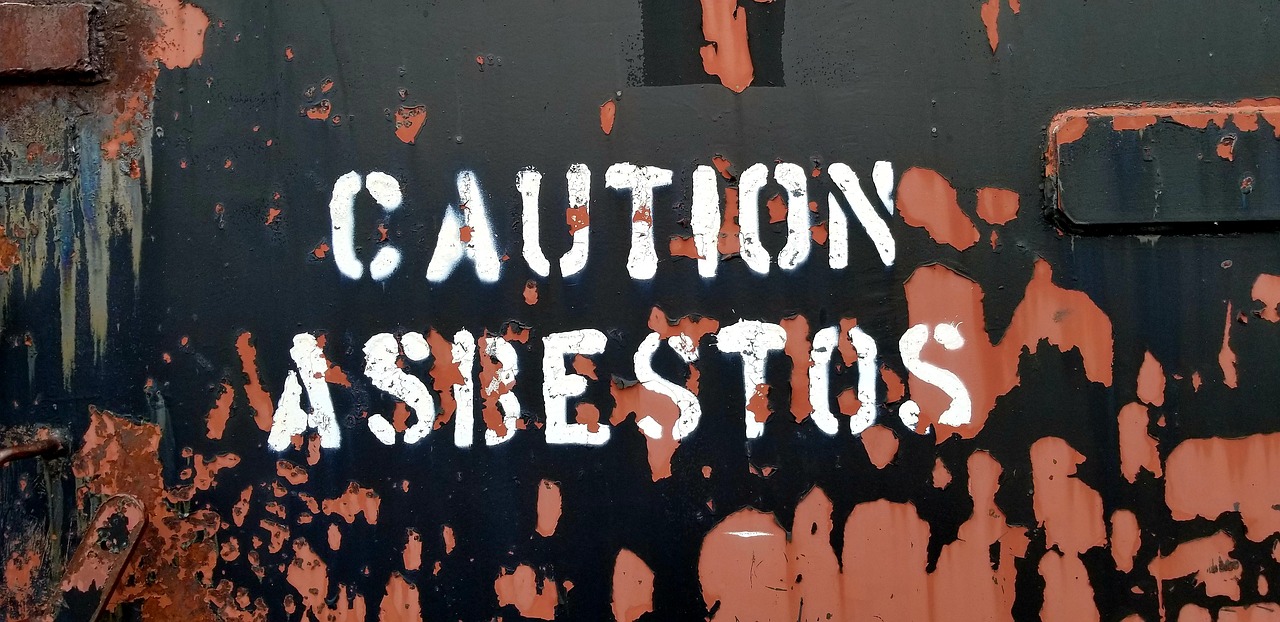Asbestos in Homes
WHAT IS IT?
Asbestos is a mineral fiber that was once manufactured to be added to a variety of products.
Its purpose was to strengthen them or to provide heat insulation or fire resistance. The only way to positively identify asbestos is with a special microscope by professionally trained and licensed experts. Until the 1970s, many products were commonly used in home building which contained asbestos. Here are a few of the more common products you may find in a home built before this date that may contain asbestos:
- Steam pipes, ducts, and boilers – You may find these covered with an asbestos insulated blanket or paper tape. If damaged or repaired or removed improperly, these products could release asbestos fibers
- Floor tiles, backing to vinyl sheet flooring and floor tile adhesives -Sanding or scraping tiles and floor backing may release fibers.
- Asbestos roofing and siding shingles -These may release asbestos if sawed cut or drilled. Otherwise they are considered relatively safe.
- Vermiculite – Often used as attic insulation may contain asbestos.
If you think your home may have asbestos containing materials in it, there are a few things you will want to know before deciding whether any action is necessary. When should action be taken, what are the health risks and what are the laws governing asbestos abatement.
WHAT TO DO:
According to the an EPA representative we spoke to, if your home or the home you are purchasing has asbestos, and it is in good condition, the best thing to do is to leave it alone. If there is an area with slightly damaged material, where access will be limited and the heating system is not a circulating air system that may draw air from this area, leaving it alone may still be the best recourse. When it is in poor condition where touching it will cause particles to become air borne, remediation is recommended. When asbestos material is found to be in poor condition, constituting a health hazard, and abatement is necessary, there are things you need to know.
What is Asbestos Abatement
“Asbestos abatement means the removal, encapsulation, enclosure, renovation, repair, demolition or other disturbance of asbestos containing materials”. Removal is usually not the only choice in asbestos abatement in a residential building. A common method is encapsulation. Encapsulation involves treatment of the material with a sealant that binds or coats the material so that asbestos fibers are not released.
Who May Perform Asbestos Abatement
As a home owner you are not allowed to perform asbestos abatement within the home involving more than three linear feet or three square feet. Any asbestos abatement larger than three linear feet or three square feet must be conducted by a licensed professional asbestos abatement contractor.


